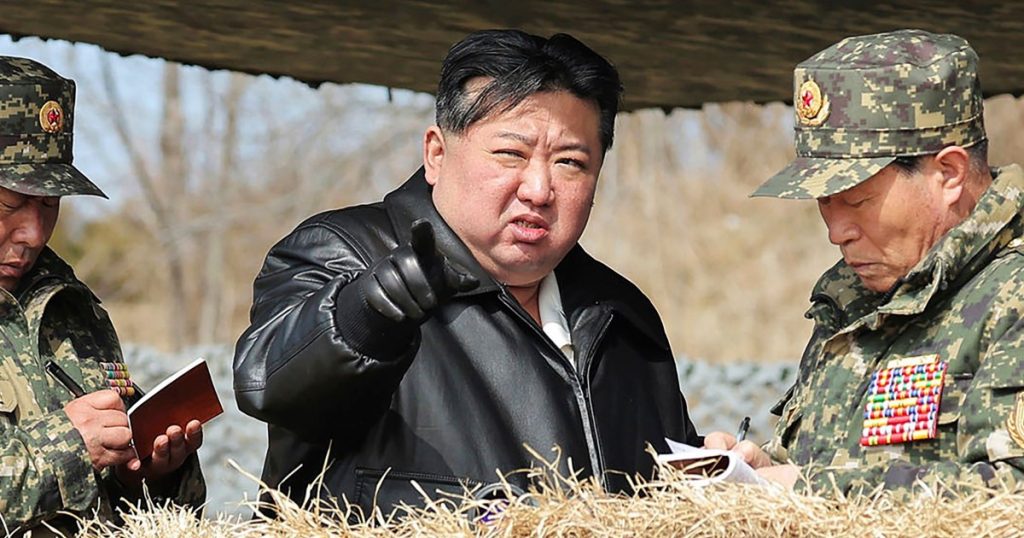North Korea fired suspected short-range ballistic missiles off its east coast, just a day after South Korea and the United States conducted a joint drill that the North considers a major security threat. The launches were made from the Wonsan region around 3:10 p.m., prompting South Korea to increase its surveillance posture and readiness. As part of its efforts to modernize its arsenal and in the absence of active diplomacy with the U.S. and South Korea, North Korea has been conducting a series of weapons tests, including the recent supervision by leader Kim Jong Un of a new multiple rocket launch system.
North Korea claims that it needs to enhance its nuclear and missile programs to confront what it perceives as U.S.-led hostilities, citing joint U.S.-South Korean military exercises as invasion rehearsals. Many experts believe that North Korea uses these drills as a pretext to build up its weapons arsenal in order to strengthen its leverage in future negotiations with the U.S. North Korea is particularly sensitive to the deployment of sophisticated U.S. aircraft in the region, as was seen with the mobilization of South Korean F-35As and U.S. F-22 Raptors for combined aerial exercises over the central region of South Korea on Thursday.
Kim Yo Jong, sister and senior official of North Korean leader Kim Jong Un, stated that the recent weapons tests are part of the country’s five-year arms buildup plan initiated in 2021. She denied speculations that North Korea exported weapons to Russia for its involvement in Ukraine, calling such assessments absurd. The Unification Ministry of South Korea reaffirmed its preparedness to defend against any military threats from North Korea, emphasizing its military alliance with the United States. The ministry also urged an immediate halt to any illegal arms deals between North Korea and Russia.
The continued weapons testing by North Korea raises concerns about regional security and stability, particularly as tensions mount between North Korea and its neighbors. The lack of progress in diplomatic negotiations between North Korea, the U.S., and South Korea further complicates the situation. South Korea’s increased surveillance posture and readiness reflect the growing security challenges posed by North Korea’s missile launches. The international community will be closely monitoring developments in the region and working towards finding a peaceful resolution to the ongoing tensions.
The recent escalation of military activities in the region underscores the need for diplomatic efforts to address the security concerns posed by North Korea’s weapons programs. The involvement of sophisticated U.S. aircraft in joint exercises with South Korea adds a layer of complexity to the situation, as North Korea views such activities as provocative. Kim Yo Jong’s reassurances that North Korea has no intention of exporting its military capabilities for use in conflicts elsewhere may help alleviate some concerns, but the ongoing weapons tests continue to exacerbate tensions in the region. The Unification Ministry’s strong stance against illicit arms deals with Russia highlights the need for international cooperation to prevent the proliferation of weapons and maintain peace and stability in the Korean Peninsula.


